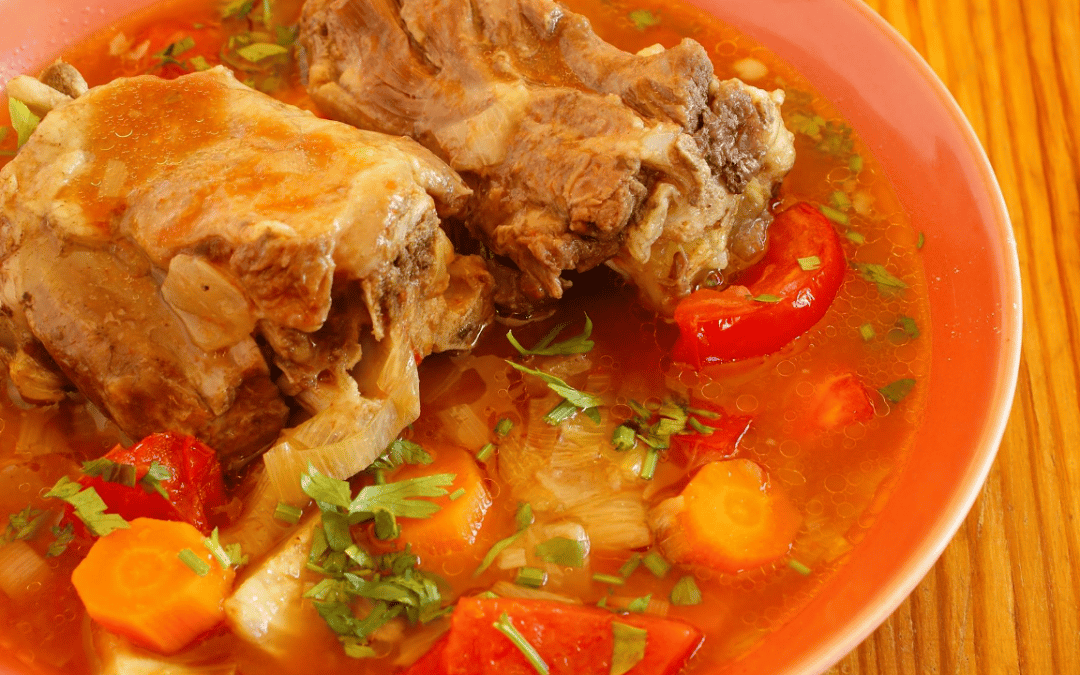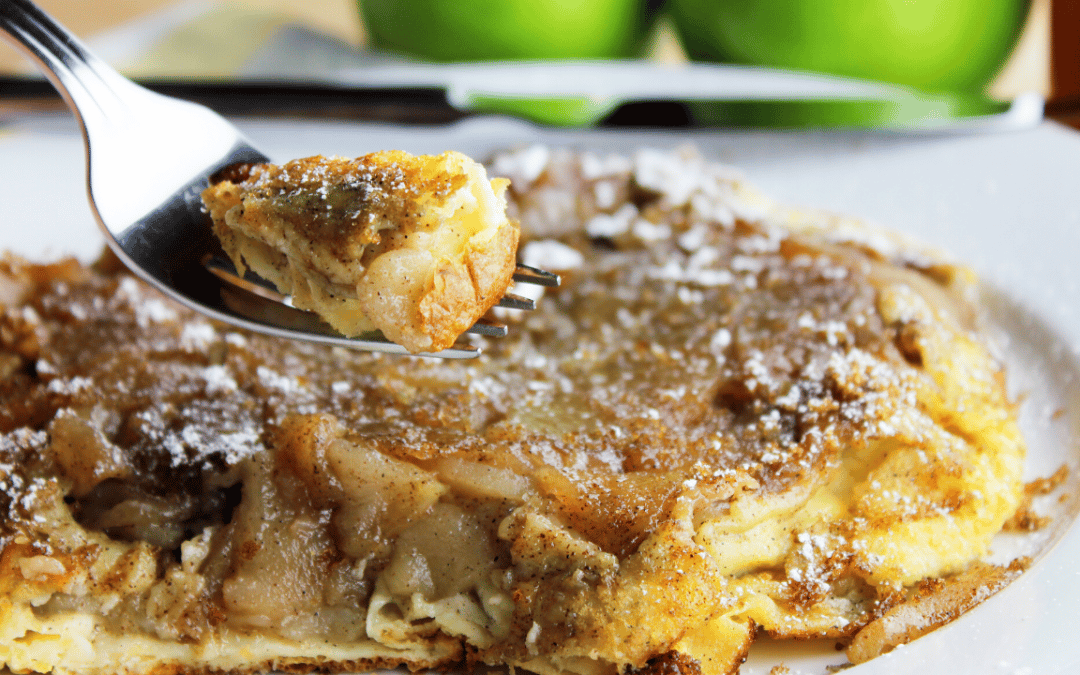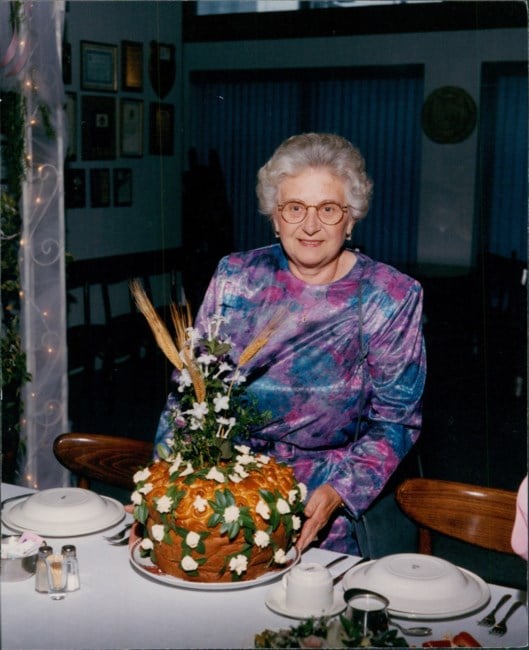
Linda’s Oxtail Soup
Linda’s Oxtail SOup, Supporter of the Chicago Cultural Alliance
Taste from Home is a collection of recipes and stories can be used as a way to connect with others and facilitate conversations about race, culture, and identity over a new recipe. Make a cultural dish and sit down with family and friends and have a discussion of the culture it represents. Please consider making a tax-deductible donation today, if you are able. If you are unable to donate, you can still participate by sharing a recipe by using hashtags #tastefromhome, #tastefromhomerecipe, & #chicagocultural on Facebook, Twitter, or Instagram.
“This is a food that I grew up with on the family farm in Rosedale, IN. My Mom would start it cooking on the stove in the morning and it would cook all day. The smell slowly filling the whole house until it was time to eat it. It smelled so delicious.”
Measurements are approximate
2 lbs oxtail bones
3 quarts water
1 onion, chopped
4 to 6 stalks celery, chopped
Put in large pot, with a sprinkle of both salt and pepper. Cover. Cook over low heat ( should only lightly simmer) on stove for 4 to 6 hours, until meat is very tender and easily removed from the bones. Remove meat to a separate container and cool slightly, until it can be handled. Remove the bits of meat from the bones and return to the pot. Discard bones, fat and gristle. At this point this can be frozen for later, or chilled over night and the fat skimmed off. When ready to use, reheat slowly until boiling.
Add:
1 1/2 cups diced potatoes
1 1/2 cups diced carrots
2 cups tomato juice
Return to boiling. Add:
1/2 cup frozen peas
1/2 cup frozen corn
1/2 cup diced turnip or
1 cup chopped cabbage
1 to 2 cups dried wide egg noodles (optional)
Return to boiling and cook until noodles are cooked, about 10 minutes. Serve hot.




